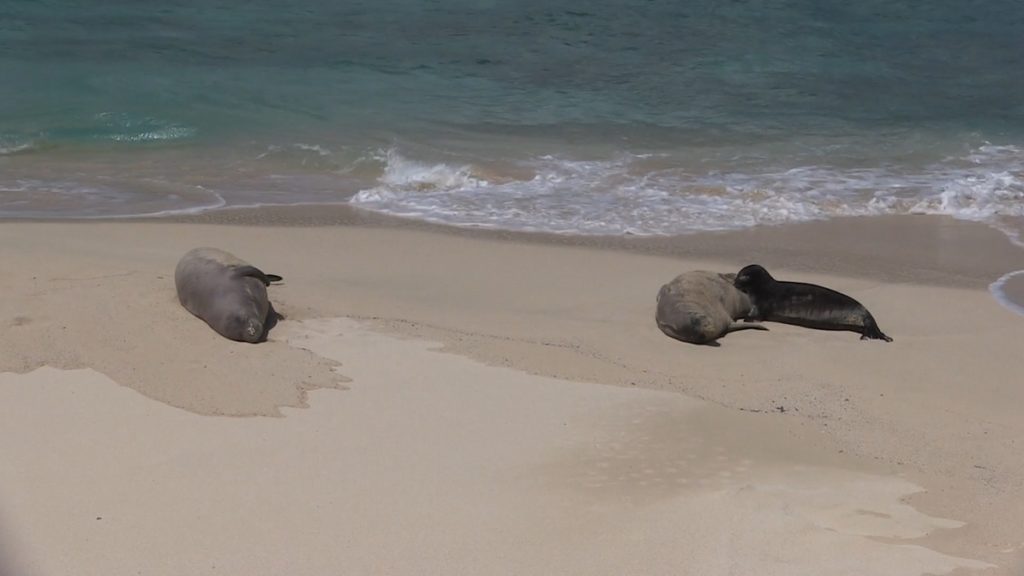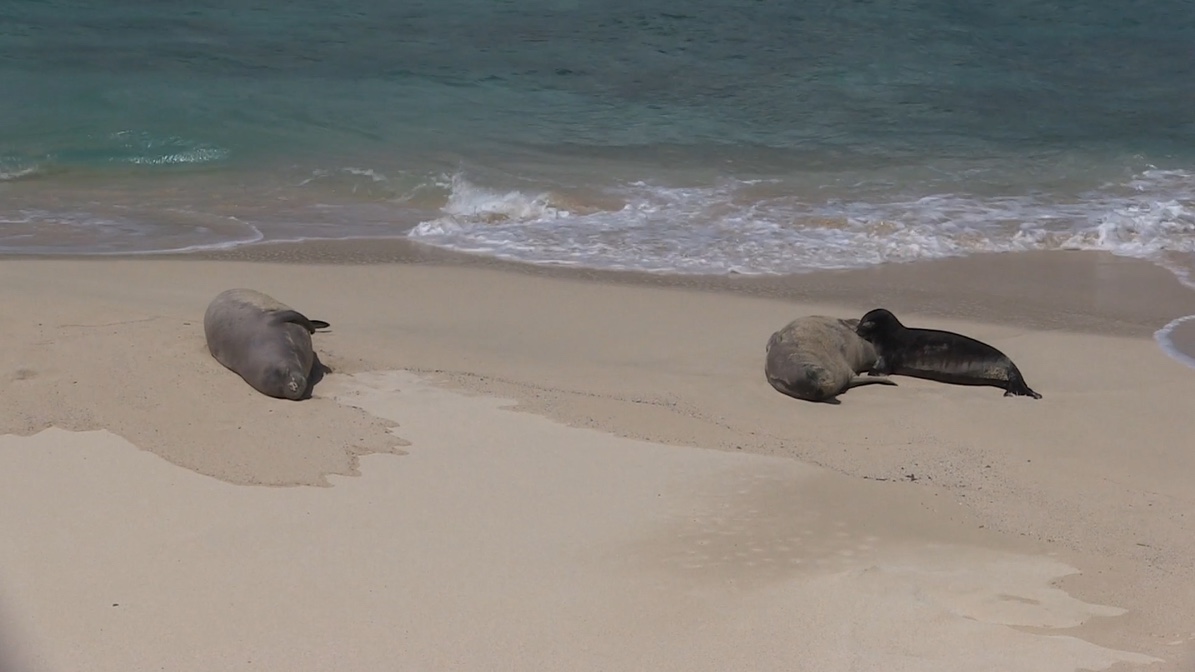
Harbor Rules Delayed: Last September, the state Board of Land and Natural Resources voted to amend the Department of Land and Natural Resources’ Division of Boating and Ocean Recreation’s administrative rules to prohibit the abandonment and feeding of animals at the state’s small boat harbors. Those rules remained unsigned by Gov. David Ige as of press time. This despite the announcement last month that three recent deaths of endangered Hawaiian monk seals on O`ahu had been caused by toxoplasmosis, a disease caused by a parasite found in cat feces, Toxoplasma gondii. An inquiry to the DLNR about why the rules might not have been signed went unanswered by press time.
Even so, a press release issued last month by Ige and DLNR director Suzanne Case encouraged people not to feed cats and other animals near water. “Feeding cats near water obviously increases the risk of transmission but, given the nature of the watersheds in Hawai‘i, cats almost anywhere are probably contributing to the problem,” Case said.
NOAA Wildlife veterinary medical officer Michelle Barbieri made a similar point in an email to Environment Hawai`i. She stated that prohibiting the feeding of cats near water probably doesn’t reduce the risk to monk seals by much because rain flushes the sturdy, long-lived toxoplasma oocysts — from wherever they are — into the ocean anyway.
“Oocysts can withstand harsh conditions and survive in soil, fresh and salt water for months to years. Long after the rest of the cat feces has decomposed, the oocysts remain infectious. It’s also very important to acknowledge the fact that terrestrial and avian species (including endangered ‘alala and nene) have been killed by toxoplasmosis too, so cat feces throughout the landscape put multiple species at great risk,” she wrote.
The GEMS Bank: Face it. GEMS – the state’s Green Energy Market Securitization program – has pretty much failed in its original task of bringing the benefits of PV power to thousands of Hawai`i homes whose owners or renters could not otherwise pay for it. As of its last quarterly report filed with the Public Utilities Commission, of the $150 million bond floated in 2014, less than $5 million had been lent out to homeowners. Substantially more – nearly $12 million – had been lent to commercial customers.
It’s no secret that GEMS has been hindered by a clumsy roll-out, by contractors unprepared to deal with the relatively small Hawai`i markets, by Byzantine application requirements, and, finally, by the Public Utilities Commission’s termination of the Net Energy Metering program, which allowed homeowners to recoup their solar energy investments at a faster rate.
This year, with passage of House Bill 1508, the 2018 Legislature has earmarked $50 million of GEMS funds to be used as a revolving fund for state agencies wanting to purchase energy-saving equipment.
To conform to the legislation, the Hawai`i Green Infrastructure Authority, which administers GEMS funds, asked the PUC to approve an amendment to its lending programs allowing the loans to state agencies. The PUC approved the request, but denied HGIA’s request that it be allowed to use interest on the loans to “grow” the revolving fund.
In an earlier order, the PUC required repayment of GEMS loans to be directed not to replenishing the balance of funds available for new loans or to pay the HGIA’s costs, but to repay the Public Benefits Fee, which took a hit when the green infrastructure fee was established (to pay for the GEMS bond float).
On June 12, the HGIA asked the PUC to clarify its order, pointing out that if both principal and interest are directed to repayment of the Public Benefits Fee, the total amount available for loans will be depleted, contrary to the functioning of a revolving fund. As of press time, the PUC had not issued a response.


Leave a Reply